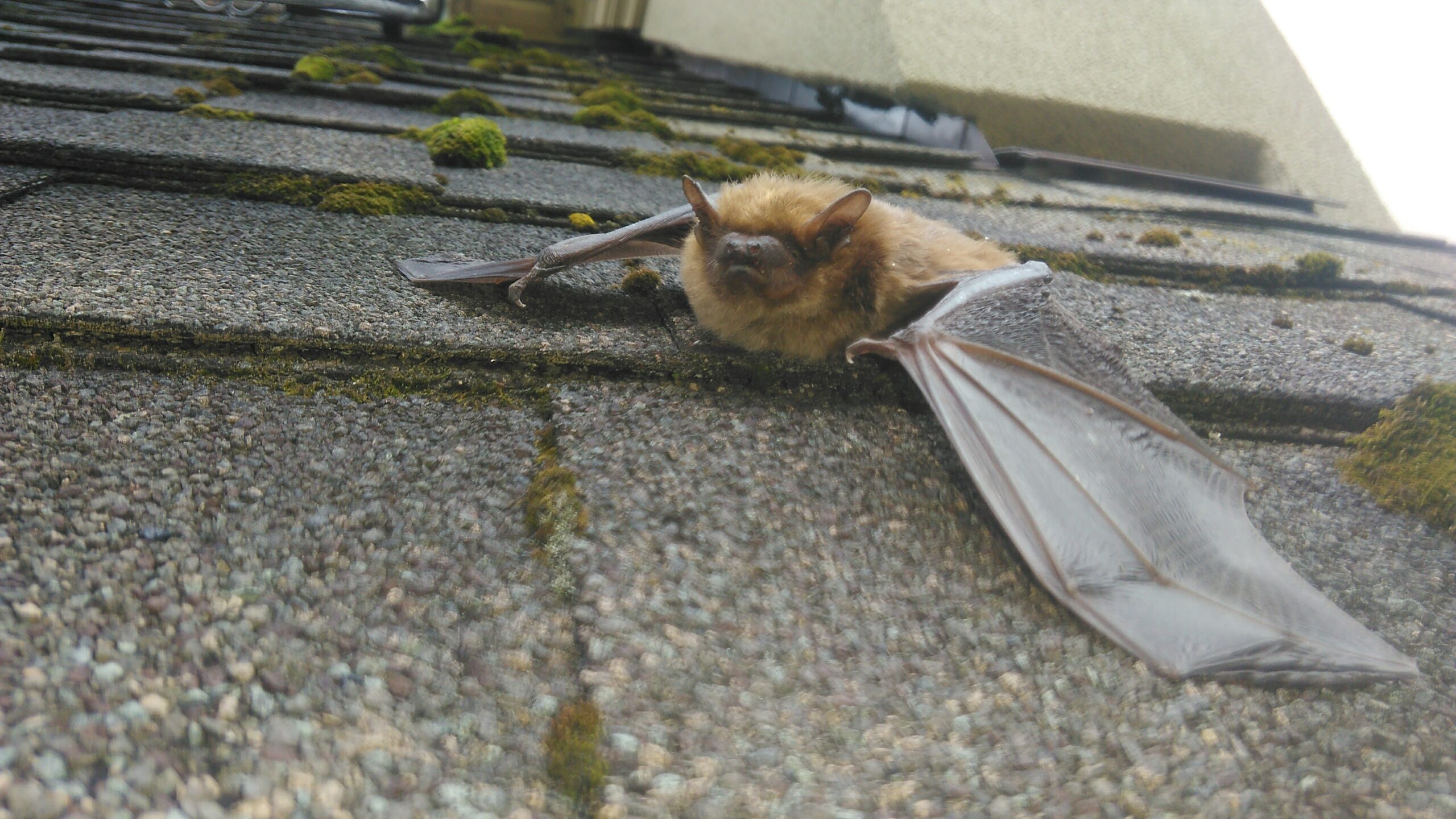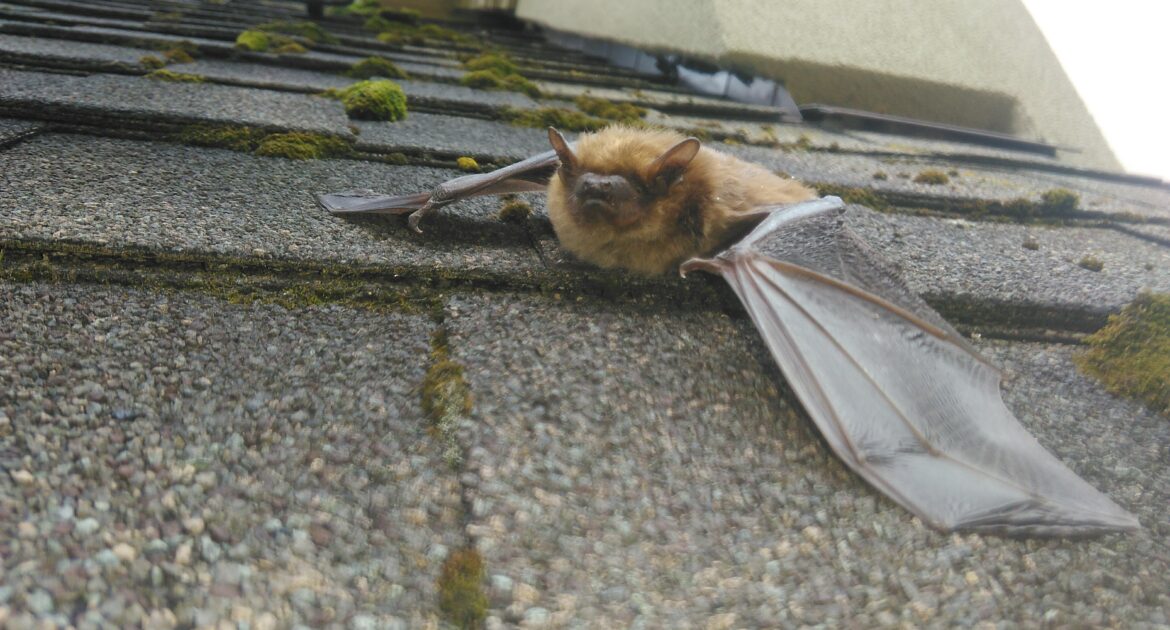Bats are the only flying mammals and there are no less than 17 Canadians species. While you will often hear that they are ugly, dangerous and harmful to humans and the environment, the truth is quite the opposite. They are supremely useful in maintaining a balanced ecosystem as they feed on mosquitoes and various insects. Similarly, they commonly cause distress for humans by seeking shelter in homes and on properties. Professional bat control is the recommended way of dealing with them by default and here are some interesting facts about these unusual creatures:
- Development and reproduction
- Habitat and distribution
- Diet
- Echolocation
One of our most effective tools for bat exclusion; One way door.
Development And Reproduction
The rate of reproduction of bats is fairly slow with only one to two babies being born every year. Most species of bats in Canada will mate in autumn with fertilization occurring the following spring when the critters leave hibernation. The young are typically born in mid-June and grow very quickly. Bats can live a very long time, with the oldest bat recorded in Canada being over 30 years old when it was last seen in the wild.
Habitat and Distribution
Bats can be found across Canada and are present from the West Coasts of British Columbia to the Eastern shores of Labrador and Newfoundland. Most will roost in crevices and hollows in and around buildings or cliffs, and some will even take to foliage. Canadian bats will either migrate to warmer areas or hibernate in the winter. Those that hibernate will typically use underground sites such as old mines or caves.
Diet
On one hand, active bats can eat over 50 percent of their body weight daily. On the other, lactating females have been known to consume well over 100 percent of their body weight; a fact that reflects the cost of producing milk. In addition to being an interesting statistic, this is also a fact that explains one of the biggest reasons to keep bats safe. As Canadian species of bats usually feed on insects, it is clear just how useful they can be in the summer months given that they prefer to munch on mosquitoes, especially considering the previously mentioned. Bats are hugely useful to any ecosystem and as such should be protected as much as possible.
Bats typically find shelter for mating in the summer months, July and August.
Echolocation
Probably one of the biggest misconceptions about bats is that they are blind. This is not true, as they have eyes and can see fairly well. On the other hand, most bats actually use a system called echolocation to detect prey and obstacles. Echolocation is a method that involves animals emitting calls and then listening for echoes in order to use the differences between the call and the echo to collect information about their surroundings. Some of these calls can be so intense that they allow bats to detect prey at distances of around 20 metres. Many insects, on the other hand, have ears that are sensitive to these calls. They become alerted to the threat of bats as a result.
In Need Of Professional Bat Removal? Contact Skedaddle
Skedaddle Humane Wildlife Control has been at the forefront of humane wildlife removal methods and techniques for nearly three decades. More than 200,000 satisfied homeowners can attest to Skedaddle’s dedication and tailored approach to every infestation situation no matter who the culprit may be. Skedaddle technicians are both well trained and sufficiently experienced to take care of any critter that may be causing you problems, including bats. Get in touch with Skedaddle today if you’re in need of professional animal control and let the pros work their magic.




